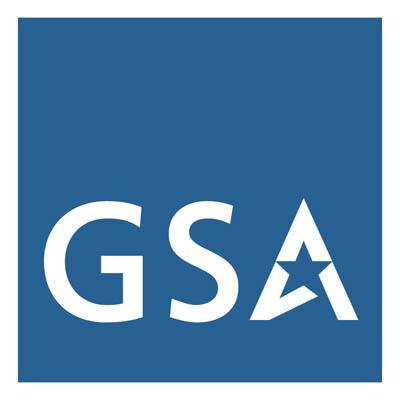Did you know some people are unable to fully participate in and understand the information shared in virtual meetings?
Ensuring meetings are accessible to all participants, including individuals with disabilities, is essential for successful communication, collaboration and meeting legal requirements under Section 508 of the Rehabilitation Act. The General Services Administration (GSA) provides detailed guidelines to support federal agencies and other organizations in creating meetings that are accessible, whether virtual, in-person or hybrid.
When Are Accessibility Standards Required?
Accessibility should be prioritized for all meetings, regardless of whether participants have disclosed disabilities, as it benefits a broader audience including individuals with limited English proficiency and other access needs.
Public-facing meetings hosted by federal agencies are required by law to fully comply with Section 508 standards. This includes ensuring any shared electronic information, such as slides, documents, or recordings, is accessible to individuals with disabilities.
Internal meetings, such as training sessions, policy briefings, and other official communications, must also adhere to Section 508 requirements. These settings often involve critical content dissemination and must provide accommodations like captions, accessible formats for materials, and sign language interpretation when needed.
While informal meetings, such as brainstorming sessions and casual team updates, are not explicitly covered under Section 508, incorporating accessibility best practices, such as providing clear agendas and accessible documents, can help prepare for unanticipated access needs and ensures audience understanding.
Benefits of Accessible Meetings
When meetings accommodate user needs—such as providing clear agendas, offering remote access, and enabling the use of assistive technologies—participants can engage more effectively, leading to improved comprehension, focused discussions and quicker decision making. This minimizes misunderstandings, reduces the need for follow-ups, and ensures everyone can contribute their expertise without barriers. By streamlining communication, accessible meetings ultimately save time, enhance productivity, and maximize the value of every interaction.
Essential Considerations for Accessibility
To create accessible meetings, organizations should focus on several key areas:
-
Presentation Materials: Ensure all digital content, such as slides and documents, is accessible. This includes using readable fonts, providing alt text for images, and ensuring compatibility with screen readers.
-
Real-Time Captioning and American Sign Language (ASL) Interpreting: Offer live captioning and ASL interpreting services to support participants with hearing impairments as automated captioning may be insufficient to meet your participants’ needs.
-
Accessible Platforms: Use meeting platforms that feature keyboard navigation, screen reader compatibility, and other accessibility tools.
-
Physical Accessibility: For in-person or hybrid meetings, ensure venues accommodate various needs, including accessible seating, assistive listening devices, and clear acoustics.
Running Accessible Meetings
While planning is critical, the execution of accessible meetings ensures participants have a seamless and inclusive experience. GSA’s recommendations for running accessible meetings provide checklists for:
-
Providing Accessible Invitations: Distribute meeting invitations in accessible formats.
-
Offering Communication Support: Ensure interpreters, captioning, and assistive technology are available.
-
Announcing Accessibility Options: Inform attendees about the available accessibility features at the start of the meeting.
-
Facilitating Clear Communication: Ask speakers to verbalize all visual content and speak clearly for those using assistive devices.
-
Monitoring for Barriers: Be prepared to address unforeseen accessibility issues during the meeting.
Resources for Success
For more detail, view our recently updated guide to creating accessible meetings. The guide provides a step-by-step approach to planning and executing events that comply with Section 508. Additionally, consult with your agency’s Section 508 Program Manager for tailored advice on specific needs.
By prioritizing accessibility from planning to execution, organizations not only fulfill legal obligations but also foster a collaborative environment that welcomes broad participation.
Reviewed/Updated: May 2025



